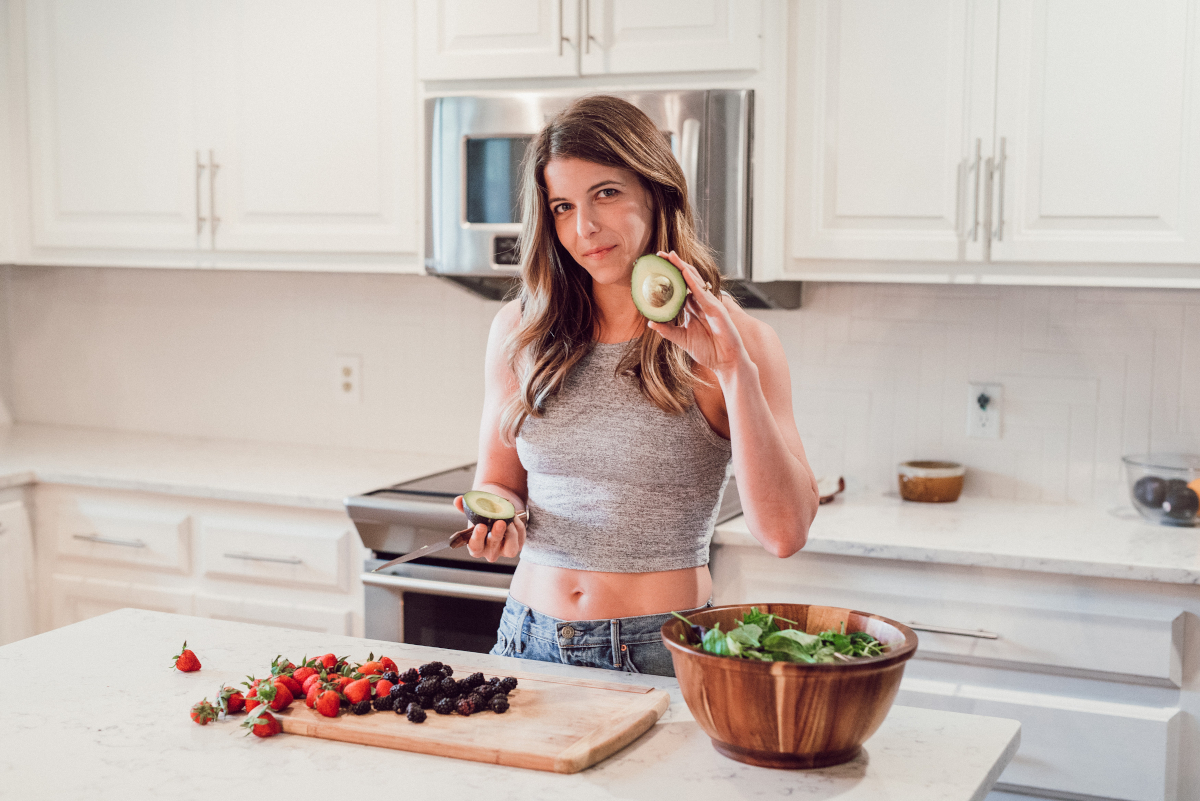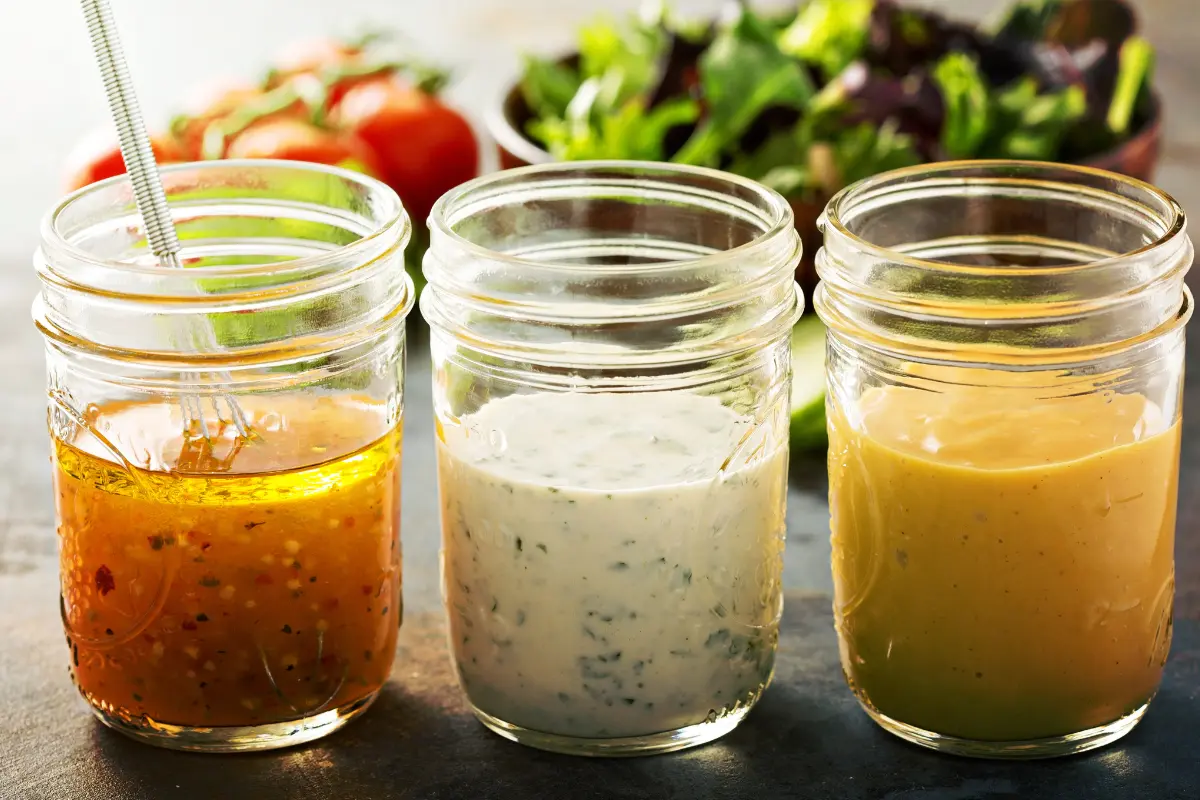
You probably found this article because you have a specific health goal you want to achieve… and maybe even feel a little stuck getting there.
Whether it is getting healthier, losing weight, making weight for a competition, getting stronger, optimizing performance, or improving gut health (just to name a few goals we see here at WAG), learning to love “The Process” is one of the things that will help you get there.
But what is “The Process”, anyway? And, if it feels tricky sometimes, how can you learn to love it?
Defining “The Process”
In today’s world of instant access, quick-fix promises and “buy now one-click” (looking at you, Amazon), it is common to expect to reach your goal in a matter of weeks or, if you’re realllllly patient, months.
You may then expect to go back to some semblance of what you perceive to be “normal life.” Aka: life before you made the habit and lifestyle changes needed to reach your health goal.
Advertisement
But then what happens?
Can you maintain your newfound performance, fitness, health or weight loss by going back to your former lifestyle?
The short answer is, nope.
If you are looking for temporary results, you can rely on temporary change.
If you change your behaviors for three months with the sole purpose of reaching your goal, when you “go back” to your past behaviors, you will also go back to your previous state of being.
Advertisement
This is why extreme diets are almost never sustainable long-term.
“The Process” is the stuff that happens day in and day out that helps you work towards your goal.
It includes learning, growing, overcoming obstacles, celebrating successes, building confidence and feeling the way you want to feel. It also includes the daily habits you develop and the friends and family you enroll in your journey along the way.
“The Process” of Habit Building
When you wish to achieve results that you can maintain for a long period of time, the behaviors you introduce should be habits that you can see yourself actually sticking with for a long period of time.
In very specific cases, short-term and extreme behaviors may be necessary. For example, if you compete in a weight specific sport or have an important event coming up, you may want or need to drop weight more quickly. But, in most cases, these are short-term strategies that create short-term changes.
Advertisement
Here are a few scenarios that will help you see the difference between a short-term solution and building a sustainable process of habits and mindsets.
Scenario #1: Short Term Actions
Let’s say you set the goal to lose 20lbs as quickly as possible. To do this, you’ll need to commit to certain habits and actions like:
- Work out six days per week
- Cut calories dramatically and hit your macros every single day
- Eliminate all processed foods and sugars
- Abstain from drinking alcohol
- Eat only whole foods prepared at home
- Drink at least a gallon of water per day
- Stop participating in any food-related social activities
After three months, maybe you will reach your goal. BUT, you’ll likely feel isolated, hungry and have zero social life or flexibility.
To celebrate hitting your goal, maybe you go out with friends, drink a few beers, order your normal take-out, and skip your workouts three days in a row. Now you’ve reached your goal and are ready to “go back to normal”.
After three more months, you may be back to square one, finding that the more dramatic changes you made were simply not enjoyable or desirable in your life long-term and that “going back to normal” didn’t serve you at all.
Advertisement
Not ideal, right? Luckily, there is a section scenario.
Scenario #2: Building a Strong and Reliable Process
Learning to enjoy the process of trying, succeeding, standing back up after you fall and FEELING the fruits of your labor pay off goes a long way in creating sustainable change.
This is the scenario a nutrition coach can help you work towards one day at a time.
Let’s go back to the goal of losing 20lbs. But now, let’s look at the different habits, mindsets and daily to-do’s that you can work to build over time so they’re more sustainable and enjoyable:
Month 1:
Advertisement
- Start by logging food intake daily without stressing about exact targets. After one week, work to increase protein intake and eat a veggie with every meal
- Focus on drinking at least 80oz water and getting good sleep
- Go for a 10-minute walk before or after lunch
- Make grocery lists and shop for healthy, simple foods that you can prepare easily and under stress or time-restraints
Month 2:
- After being consistent with tracking and protein intake, add in 1-2 new healthy recipes per week
- Incorporate a 20-minute walk most days at lunchtime (bring a friend or co-worker!). Maybe you also add family bike rides on Saturdays
- Increase water intake up to 100 oz of water per day
- Menu plan dinners for the week and make sure to include some of your favorite foods
- Meal prep lunches ahead of time – keep it simple
Month 3:
- Start “pre-logging” meals the night before to hit macro targets most of the time
- When invited out for a social event, research the restaurant or location and choose your meal ahead of time so you can plan ahead for it
- Save alcoholic beverages for more special events or occasions and drink plenty of water throughout the celebration
- Start honing in on what level of flexibility with your macro targets allows you to enjoy your life and feel good in your skin at the same time
- Enlist friends and family to join in the journey and give support and encouragement
After your first three months let’s say you’ve lost 6 pounds. Weight loss may not have been quite as fast but along the way you gained new habits and felt more confident. You don’t feel deprived of foods and experiences you love so you’re able to stick with your plan past those first three months.
Let’s jump forward even more.
After three more months of building sustainable habits, you have lost a total of 15 pounds, and after another two months, you have reached your 20lb weight loss goal.
Advertisement
Because you built a process and daily habits, you can maintain your weight loss for years to come.
How to Love the Process
Here’s the secret: you don’t have to love “The Process” all the time. Actually, expecting to is one of the FASTEST ways to catch yourself feeling like a failure.
There may be days when sticking to your habits feels really easy (lucky you!). And, there may be days when it feels much tougher.
Sometimes, reaching your goal may mean recognizing that although you may want to eat a whole pint of Ben & Jerry’s ice cream, that doesn’t mean it is a good idea. It may mean doing the work even when it is easier not to.
Think about it like brushing your teeth. Even if you don’t feel like it or look forward to it, you still do it because you know it is good for you. Over time, you’d really regret skipping it.
Advertisement
On the flip side, “The Process” also requires you to show up for yourself, cut yourself slack when needed and give 100% of what you have to give based on the day. That 100% may change depending on outside stressors and unforeseen circumstances, but if you can get in bed saying “I gave everything I had today”, you’re doing “The Process” right.
Over time, you’ll prove to yourself that it is about progress, not perfection. The trickier times are part of “The Process” and if you keep showing up, you’ll eventually reach your goals.
Sustainability is Key
When it comes to changing your nutrition or exercise habits, what are you looking for? What is the big picture?
Before you take the leap, think about what you want your life to look like overall. Would you rather be as you are, or add new habits and create the potential for growth?
Real Talk: reaching your goal may mean your life and lifestyle will look a little different. Think about it and ask yourself, “Am I willing to take the actions that will get me there?”
Advertisement
There is no right answer. Or maybe instead of, “Yes I am willing and ready” or “Nope, not quite!” your answer is “I’m just not ready quite yet.”
When you ARE ready, know that reaching the goal is just the outcome.
It is the process of setting a goal and working towards it that is most important. It is the daily habits you take on, the behaviors you exhibit, the processes you put in place and the choices you make every day.
If you are prepared to look at your goal through this lens as something that will RESULT from what you do each and every day, well, then you are ready, wherever you are.
Anna Winton
Schedule a Free Intro Call
Working Against Gravity has led the macro tracking and health space for over a decade. Our team doesn’t just understand the science of nutrition—we’ve spent years mastering the art of tailoring it to fit your life. That means no cookie-cutter plans, just real strategies that have worked for over 30,000 people.
Schedule a free call with our team to learn how working with a 1-on-1 WAG coach will help you reach your goals.



